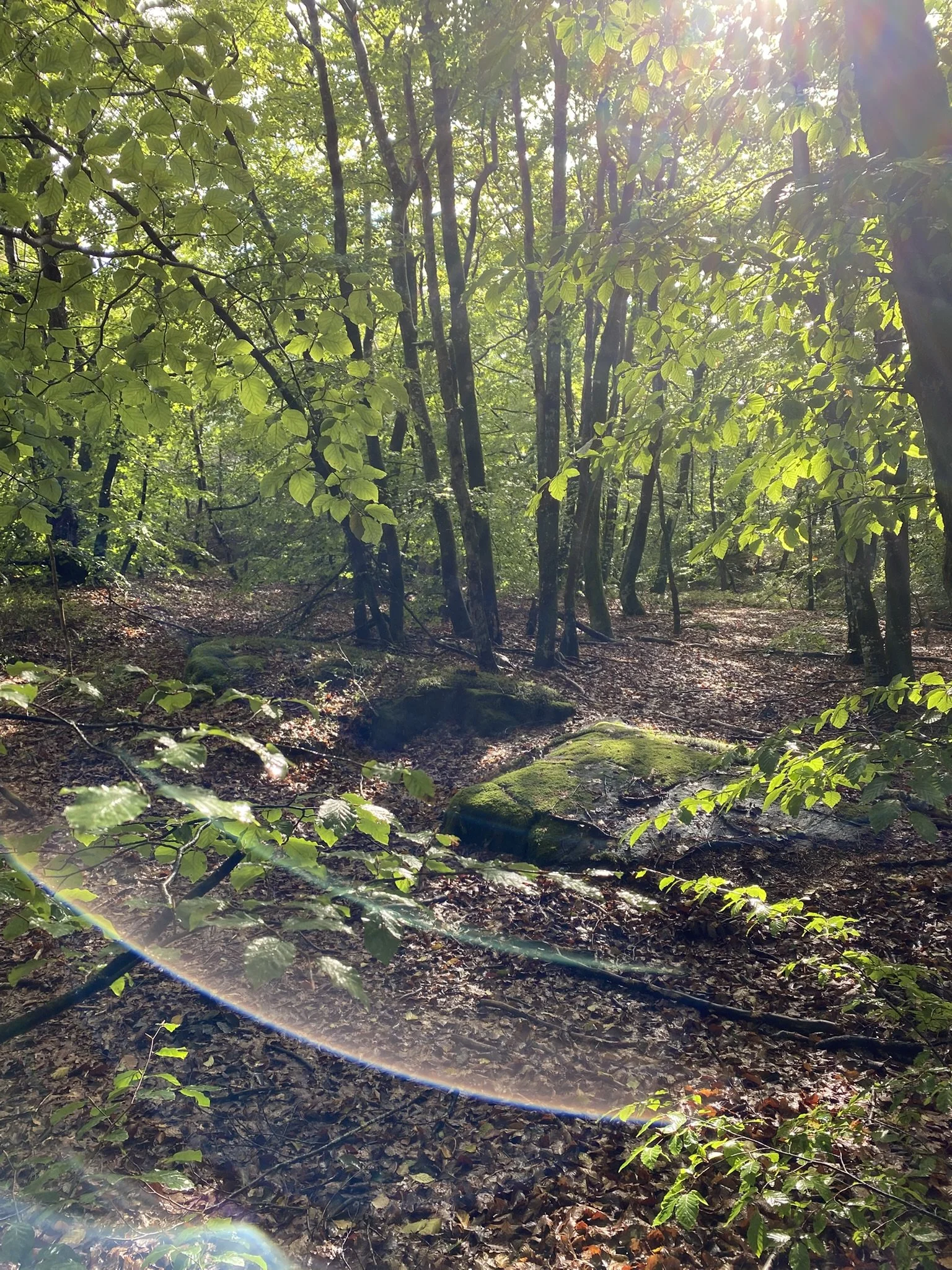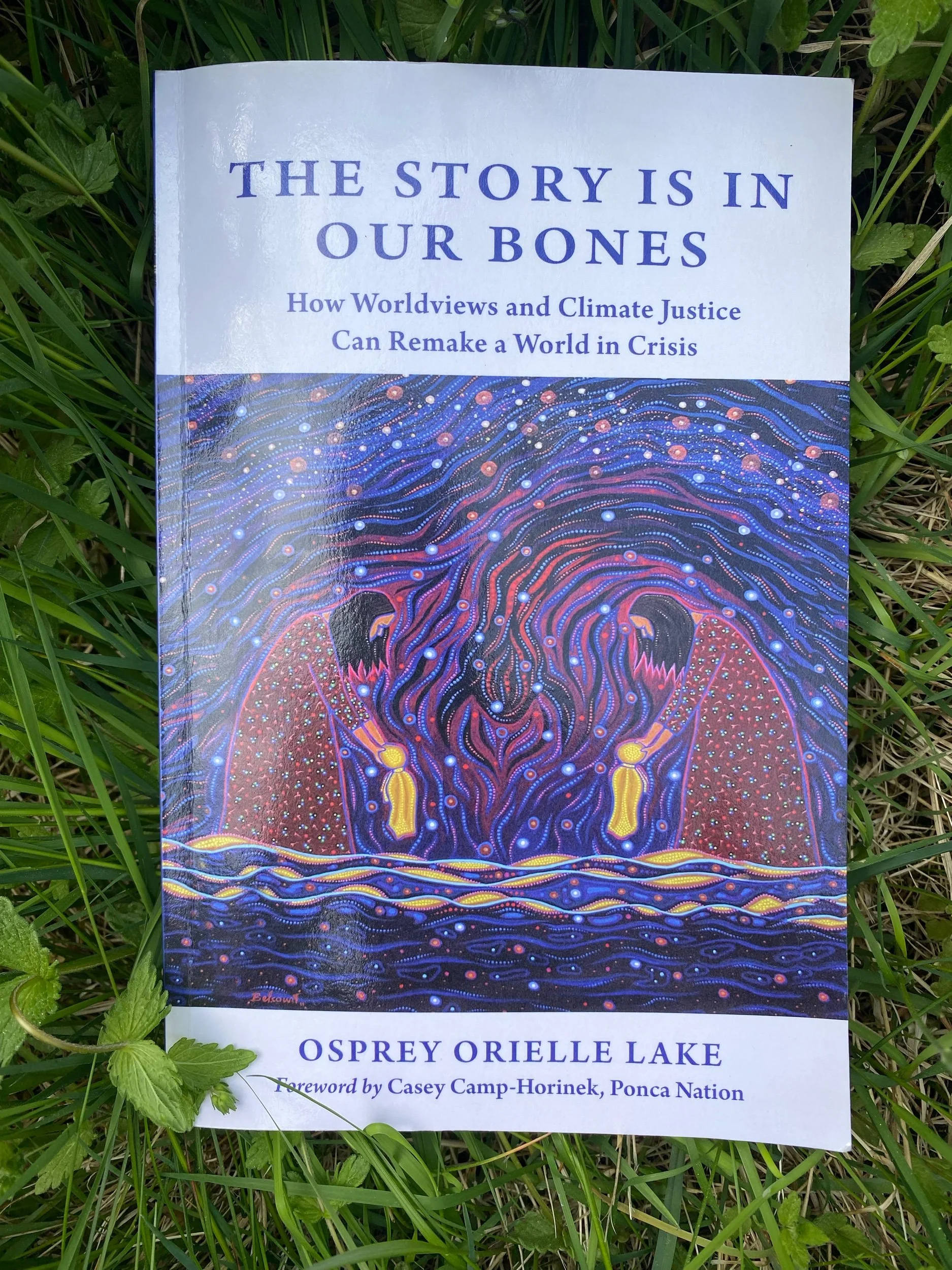2.5 Choosing a sample
The sample criteria for this study was that you had to be over 18 years old and had to identify yourself as Coastal Sámi and live in immediate closeness to the South-East Barents Sea. To be part of this study it was however not a requirement to have either in depth knowledge on how oil reacts in ice cover water, or other natural science related backgrounds. Their answers are therefor the sum of experiences and observations based on knowledge connected to their home environment. It can not be excluded that some informants may have additional knowledge on the environmental processes that could happen if an oil spill were to occur, but it was not a formal requirement.
2.6 Conducting the case study
The case study was done in two sessions, before and after the main holiday in Norway. When I planned the interviews, I was hoping that after sending out invitations answers would easily come back in so high numbers that it was easier to travel North and interview Coastal Sámi one by one over a short period of time. This turned out to not be the case. It ended up being conducted in two parts, first two interviews before the main holiday, and then the seven other interviews were done through an online questionnaire after the main holiday. The questions were the same for both set of interviews.
2.7 Methodological challenges
When contact was made through several links with participants willing to be part of the case study, very few were left, and as only two interviews were made before the main holiday, these were done via e-mail, as this was the preferred method of my informants.
A few of the Coastal Sámi who responded reported that they were Coastal Sámi themselves, but they knew someone who was even better suited to answer, so they would pass the request onwards. A lot of these interviews never happened. Some informants reported that even though they personally agreed that the oil concern was a genuine threat towards their community, it was not on the public agenda in the news in Northern Norway anymore. One informant hinted that a reason as to why participants had been so hard to gather was a response to Norway’s history of assimilation policy with the Sámi population that officially through directives lasted up until 1965, and a large part of the Sámi population remembers this well. Whereas another informant said that ‘it was not that the Coastal Sámi were not there, it was just that they did not want to be found..’ In addition I came in contact with many reindeer Sámi and Sámi who did not live close enough to the sea, so their response was that they did not feel qualified to participate.
After the main holiday I contacted the higher education institutions of the High North again, namely University of Tromsø, University of Nordland and Sámi University College and asked the lecturers who taught Sámi related subjects if they could pass on an online survey I had now made, as I was hoping for a larger number of participants to improve the validity of this study. After considering, University of Tromsø concluded that even though I was not one of their students my chosen field of writing ‘belonged’ to them, so they would help me pass the survey on.
2.7.1 Reliability
As all the informants fulfilled the necessary criteria, and all the participants only spoke on behalf of themselves, and not as spokespersons for any organization they might represent, the reliability was deemed good. One informant who worked for the Sámi Parliament informed me how he had worked a great deal on issues surrounding oil exploration in the Barents Sea, but the informant made it clear that even though he had in depth knowledge on the topic, the answers came on behalf of being a member of the Coastal Sámi population.
2.7.2 Validity
As this case study wanted a broad set of answers within the Coastal Sámi population, based merely on their belonging to the Coastal Sámi community and how they lived close to the South-East Barents Sea, it was concluded that the sample was valid for this purpose.
2.7.3 Generalization
Based on the answers from the in total 9 interviews that were conducted, some generalizations can be made: The only questions everyone answered the same on were question number 5 ‘Has anyone informed specifically about the risks of an oil spill for you who live close to the South-East Barents Sea?’ To this every participants answered ‘No’, even the two who were more on the positive side of oil exploration, and question number 9 ‘Are you familiar with the oil spill recovery situation of an oil spill where you live, and how long it would take from the oil spill until the emergency action was operative?’ where the answer was also ‘No’.
2.8 Treating the collected data
As interviews were starting to get back, I started to realize that even though my attempt at making the questions open-ended, many of the informants chose to answer fairly concisely. Simultaneously as I was corresponding to get more interview arrangements, I was working on the literature review that needed to have a proportionally large part of this dissertation, as it regards a fairly narrow topic in a country that is likely to be at least not entirely familiar to the examiners.









